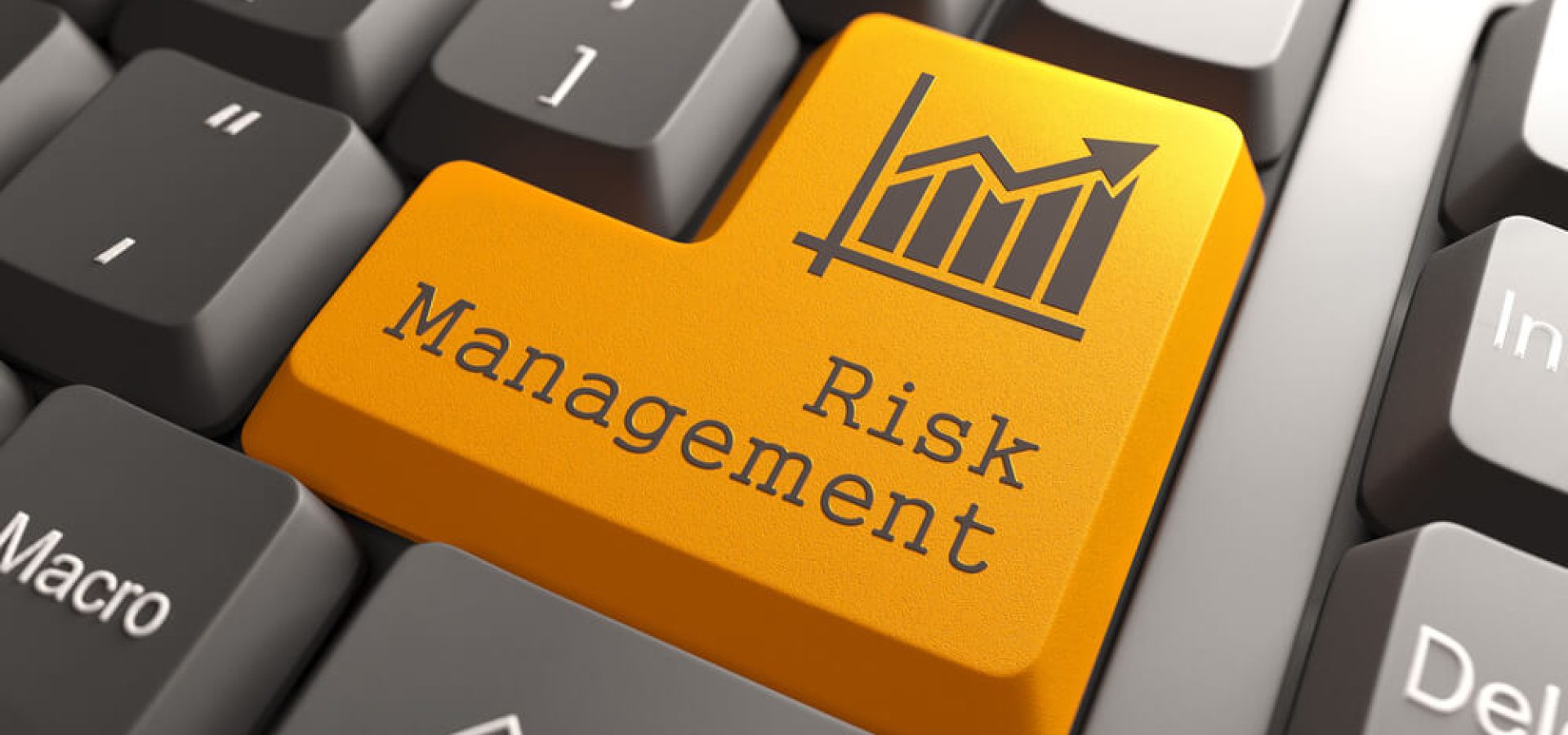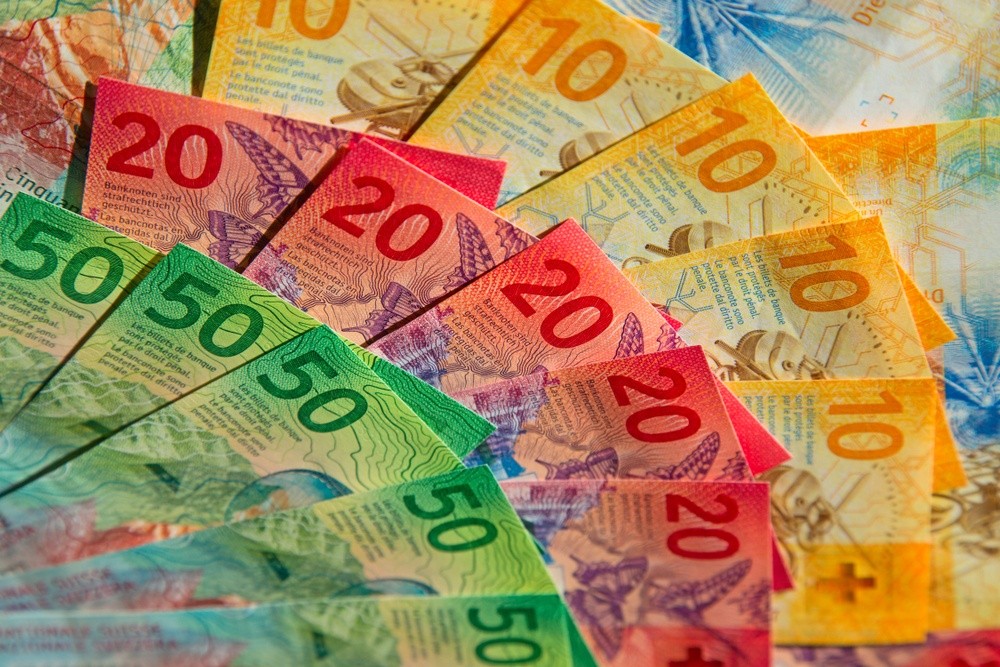Forex trading requires you to face a lot of risks. In order to make yourself safe from losses, you got to learn better risk management.
What is Risk Management?
This is pretty self-explanatory. Risk management refers to the way you manage your investment risks. Bear in mind that this doesn’t only apply to forex trading; it’s pretty much imperative for all kinds of investing and trading. It also works in online trading.
An excellent risk management plan isn’t really about maximizing your profits with one solid strategy. This is about minimizing your potential losses and protecting your portfolio.
Now that that’s out of the way, let’s get down to the forex risk management tips we got for you.
Tip #1: Determine your risk capital.
Calculate the overall risk in the trading process. Basically, if the odds are too much and there’s a lower chance for profit than risks of losing, quit that trade.
As a rule, forex traders do not risk more than 2 percent of their trading capital in any single trade.
Tip #2: Set realistic targets.
It’s totally fine to aim high and have high hopes like the band Panic! At the Disco. But you shouldn’t aim unrealistically high.
When trading forex, remember that the game you’re playing is a marathon and not sprint. Setting smaller, realistic targets is better than aiming for one overwhelming, gargantuan goal.
Tip #3: Use appropriate lot sizes.
In general, it’s better for new forex traders to start small. That’s because this provides greater flexibility in managing trades, as well as in forex risk management.
Tip #4: Protect your trades.
Even if you’re a hundred percent sure of your trade, the forex market can turn sour quickly. Things can easily go south, sometimes in a blink of an eye.
You have to cut your losses before they pile up. One good way to do this is by using a “hard stop”. Basically, you can order your platform to lock in and close the trade at a certain loss level.

Some other similar orders include:
- Equity stop
- Volatility stop
- Chart stop
- Margin stop
Tip #5: Don’t depend too much on past results.
Sure, we can get a glimpse of the future by looking at the past, just like in movies. However, past performance doesn’t always indicate future outcomes. Always anchor yourself in the present.
In the same breath, past performance matters if you want to get clues about the possibility of an event. Fundamental and technical analysis can help with this.
Tip #6: Be careful with leverage
As the cliché goes, leverage is a double-edged sword. It can help you slay, but it can also slay you. The trick here is to know the right amount of leverage you should use.
Needless to say, beginners should use leverage sparingly and in small amounts. If you can, it’s better to get a feel of the whole experience before using larger amounts.
Tip #7: Don’t forget to Diversify
Last but certainly not least, you must diversify. We cannot stress this enough.
Never depend on a single currency or currency pair for your trades. Throw in some other pairs and even assets in the basket. Make sure your ass is covered.











COMMENTS